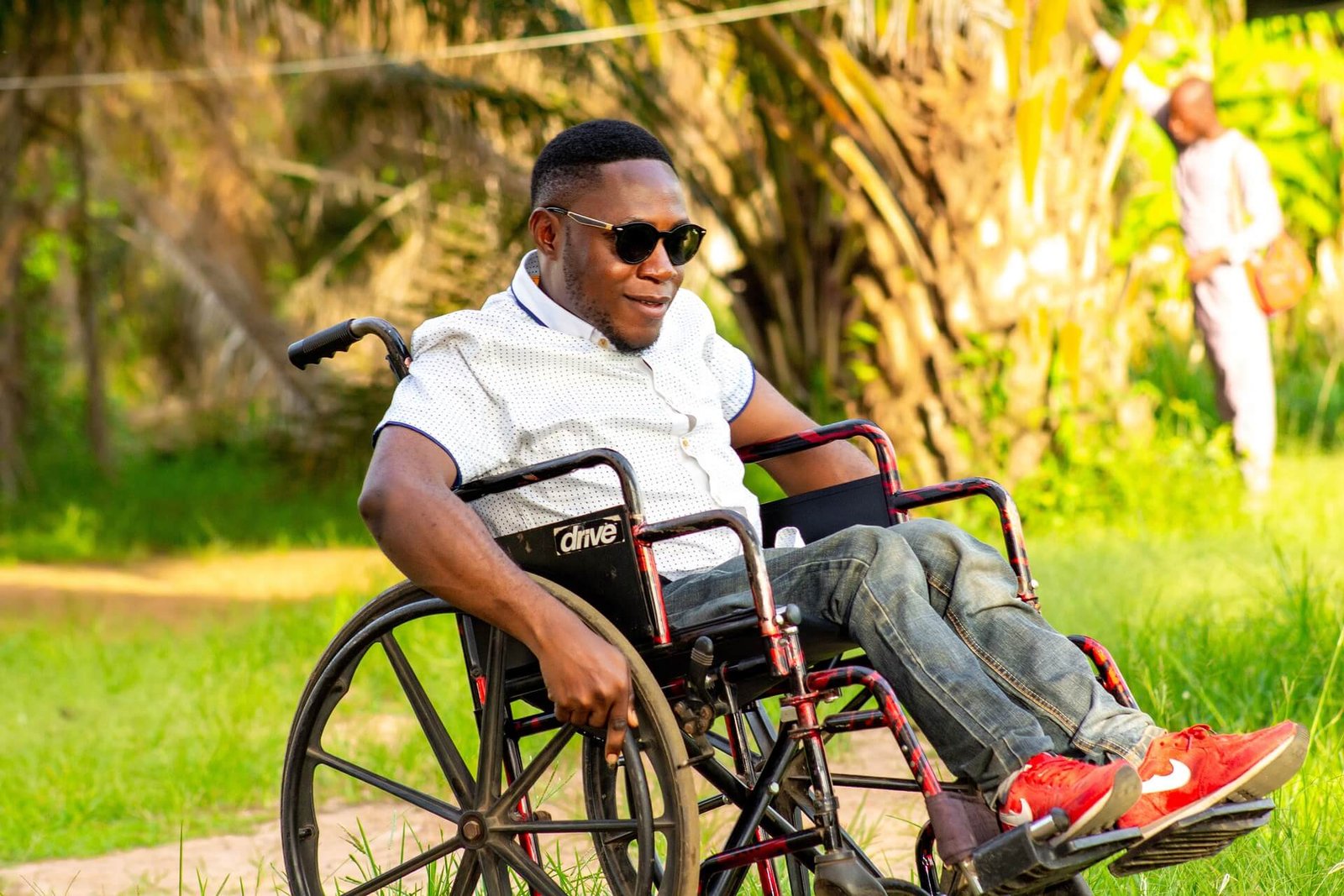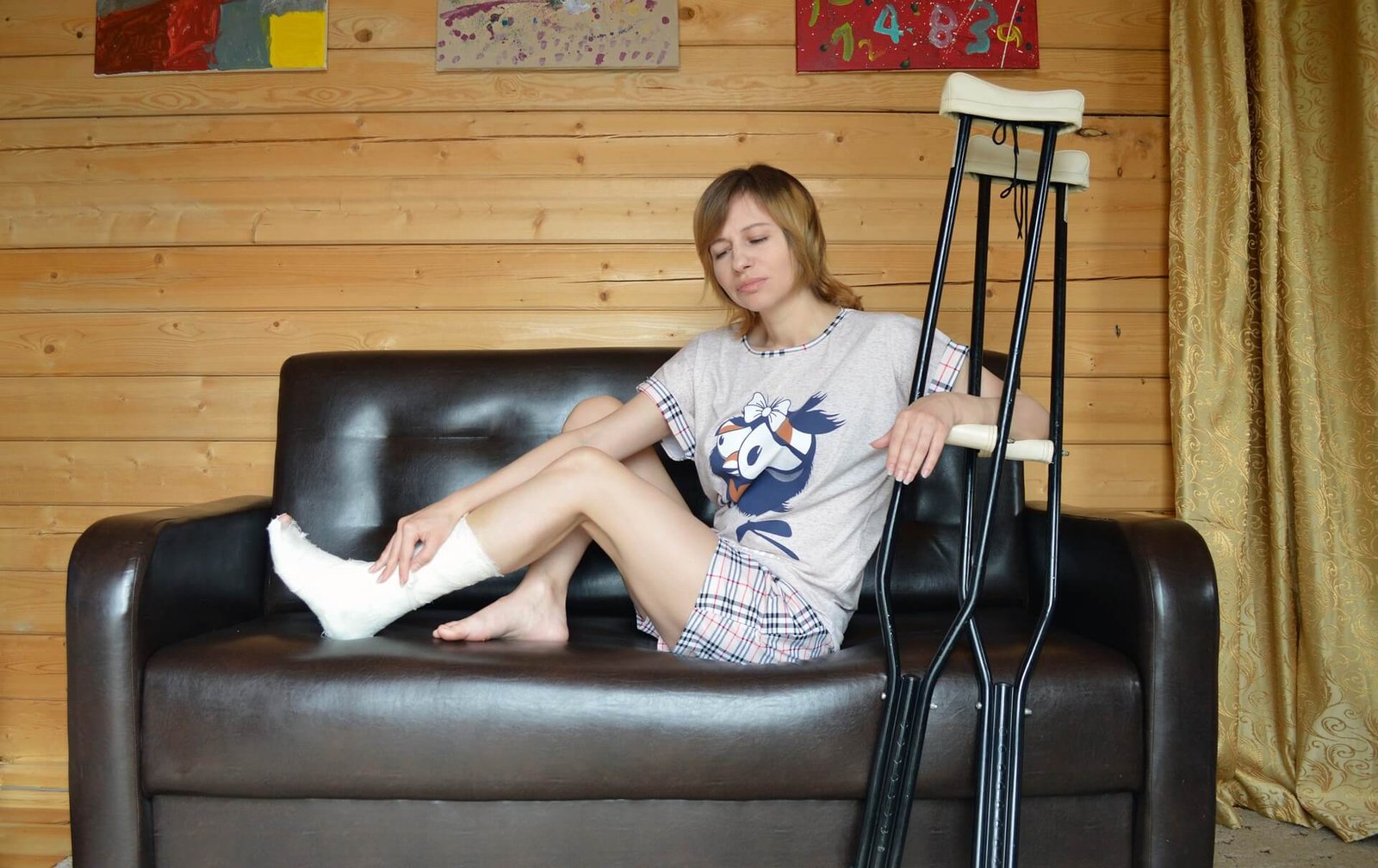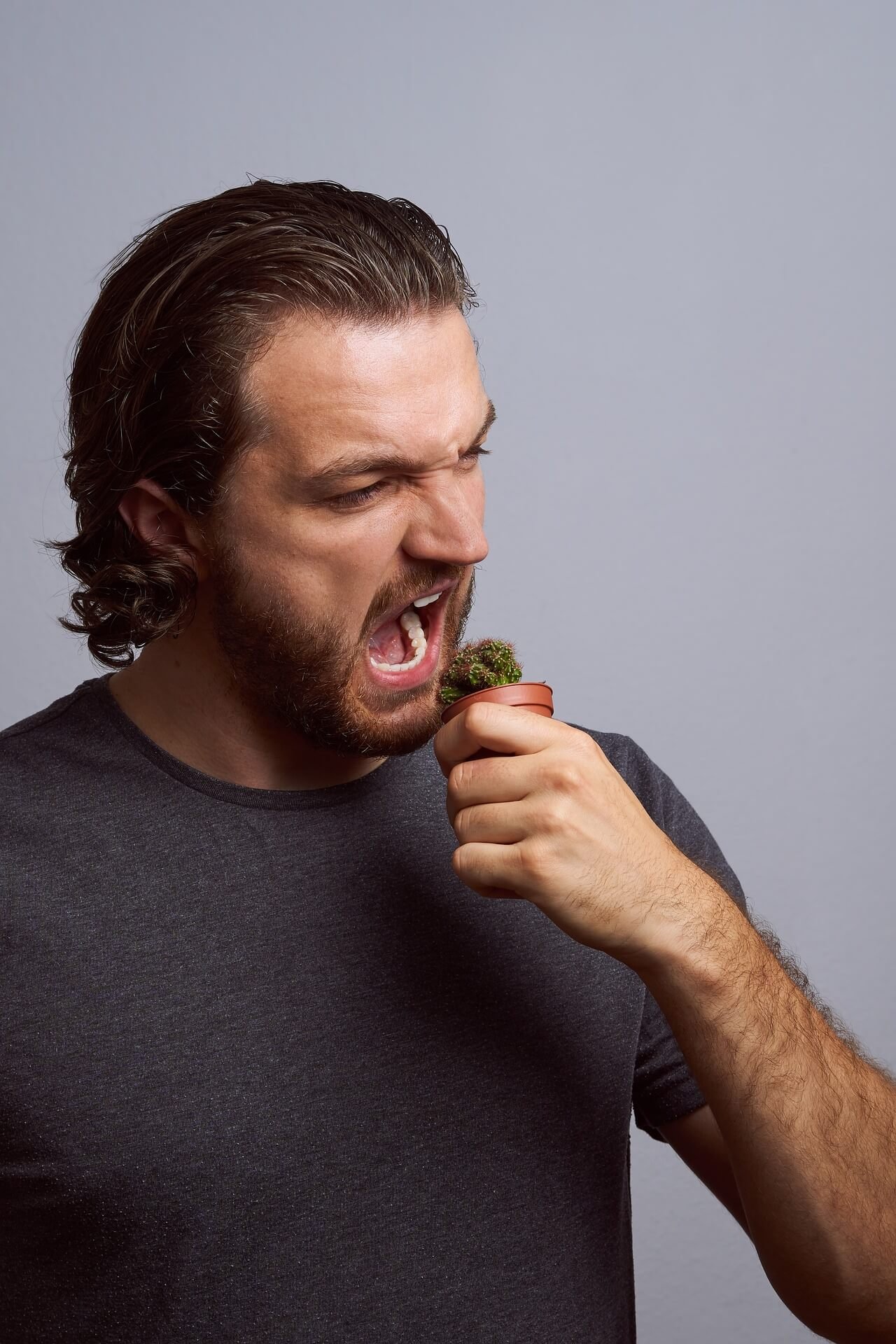Muscular dystrophy: 8 Types, How to ease this Pain?
 Muscular dystrophy: what it is?
Muscular dystrophy: what it is?
Overview
Deficiencies in muscle mass and weakness are symptoms of this group of diseases. The muscle damage and weakness are caused by the lack of a protein called dystrophin, which is crucial for normal muscle function. This is a group of inherited illnesses that weaken your muscles in time.
It includes a number of kinds. Boys are most likely to develop the symptoms of the most common variety of the disease in childhood. Often, other types do not emerge until adulthood. There is little data available on how many people suffer from muscular dystrophies. Muscular dystrophy is not currently curable. Medications and therapies can lessen symptoms and slow down disease progression.
An overview of the symptoms and signs
One of the main symptoms of muscular dystrophy is progressive muscle weakness. Symptoms and signs of muscular dystrophy differ depending on the type of dystrophy and the age of the patient. Muscular dystrophies include more than 30 distinct types, each with a varying effect on symptoms and severity.
Here are some types:
1. Duchenne
This is the most common type. It is more common in boys, despite the fact that some girls are carriers and mildly affected. The majority of Duchenne muscular dystrophy patients need wheelchairs before they turn 18. Those suffering from this disease have a life expectancy of late teens or early 20s. Here are a few symptoms:

- Walking with difficulty
- Reflexes lose their function
- Standing with difficulty
- A bad posture
- Thinned bones
- Scoliosis
- Mild intellectual disability
- Difficulties breathing
- Issues with swallowing
- Weakness of the heart and lungs
2. Becker
These symptoms and signs are similar to those of Duchenne muscular dystrophy, but are milder and do not progress as rapidly. The symptoms usually appear in teens, but they may not show up until the mid-20s or later. People with this disease are typically not in need of wheelchairs until their 30s or beyond, and a small number never need one. A person with Becker muscular dystrophy will usually live into middle age or later.
3. Myotonic
Myotonic dystrophy is also known as Steinert’s disease or dystrophia myotonica. Myotonia, or an inability to relax your muscles after they have been contracted, is a symptom of muscular dystrophy. This type of muscular dystrophy is characterized by myotonia. In males, this dystrophy type may also cause impotence and testicular atrophy. An irregular period or infertility are possible symptoms in women. Adults in their 20s and 30s are most likely to be diagnosed with myotonic dystrophy. In most cases, the symptoms appear first on the face and neck. These include:
- Muscles in your face droop, giving you a thin, haggard appearance
- Having a weak neck causes difficulty lifting the head
- Swallowing difficulties
- Ptosis, or droopy eyelids
- An early bald spot on your scalp
- Vision problems, including cataracts
- Losing weight
4. Facioscapulohumeral
The Facioscapulohumeral muscular dystrophy is also called Landouzy-Dejerine disease. The muscles in your face, shoulders, and upper arms are affected by this type of muscular dystrophy. The chances of developing hearing or respiratory issues are lower in people with FSHD. FSHD usually progresses slowly. It usually begins in your teenage years, but sometimes doesn’t show up until your 40s. The majority of people with this condition live a full life. FHD can cause:

- Having trouble chewing or swallowing
- A slanting shoulder
- Shoulder blades that resemble wings
5. Limb-girdle

Limb-girdle muscular dystrophy results in weakened muscles and reduced muscle mass. The hips and shoulders are usually affected first, but the legs and neck may also be affected. It is possible for people with this type of muscular dystrophy to trip frequently because they have difficulty lifting the front part of their foot. If you have limb-girdle muscular dystrophy, you may have difficulty getting up from a chair, walking up and down, and carrying heavy objects. Both males and females can suffer from limb-girdle muscular dystrophy. By the age of 20, most people with this form of muscular dystrophy are disabled.
6. Oculopharyngeal
Symptoms of oculopharyngeal muscular dystrophy include weakness in your neck, shoulders, and face. Females, as well as males, are affected by this disease. Typically, individuals receive a diagnosis in their 40s or 50s.
7. Distal
Distal muscular dystrophy is also known as distal myopathy. Forearms, hands, calves, and feet suffer from this condition. You may also experience respiratory complications and heart problems. There is a tendency for the symptoms to take place slowly, and they include loss of fine motor skills and difficulties walking. The majority of people with distal muscular dystrophy are between the ages of 40 and 60.
8. Emery-Dreifuss
Emery-Dreifuss muscular dystrophy occurs more often in boys than in girls. Muscular dystrophy of this type usually begins in childhood. Emery-Dreifuss muscular dystrophy patients generally die from heart or lung failure by mid-adulthood.
Factors
Proteins that protect muscle fibers are produced by certain genes. When one of these genes is defective, muscular dystrophy occurs. Different types of muscular dystrophy are caused by specific genetic mutations. Genetic mutations are the most common cause of these disorders.
Risk factors
A person suffering from muscular dystrophy can be male or female, of any age and race. However, the most common type, Duchenne, usually affects young boys. Muscular dystrophy is more likely to develop in those with a family history of it or to be passed on to the next generation.
When should you see a doctor?
Consider seeking medical attention if you or your child exhibit muscle weakness as evidenced by increased clumsiness or falling.
What is the treatment for muscular dystrophy?
Currently, muscular dystrophy does not have a cure, but treatments can manage your symptoms and slow the disease. Treatments are based on your symptoms. It has been proven that therapy works. With physical therapy, your muscles can be strengthened and your range of motion can be maintained. Occupational therapy may benefit you if you:
- Learn to be more independent
- Develop your coping skills
- Enhance your social skills
- Obtain access to community services



